With the epoch of digitalization, businesses are becoming smarter every day — and so are hackers and cyberpunks! Online attackers exploit loopholes in the security system to access your vulnerable data. Fortunately, this threat can be subsided by deploying cloud-native security! Cloud-native security enables organizations to store and utilize their data without any interruptions from external vectors like viruses. Businesses are well-equipped to identify the gaps in their cloud security system and fill them in time.

This brief guide talks all about cloud-native security and the 4 key elements you should know to safeguard your cloud infrastructure. Read on!
What is Cloud-Native Security & Why Does it Matter?
Cloud-native security is a framework that protects cloud-based platforms, applications, and infrastructure. Unlike the traditional IT security system, cloud-native security isn’t restricted to fixed parameters. The primary reason for this is the scalability and flexibility of the system, in which fixed parameters can be useless due to the ever-changing workflow and data management. Hence, there are some unique approaches for dealing with cloud security that doesn’t hold back the business from scaling at any level.
The 4 C’s of Cloud-Native Security
The core elements of cloud-native security, also known as the 4 C’s, are listed below at your disposal:
1. Code
The first and foremost step to improving the security is to observe and clean the source code. You may identify some flaws that have the potential to become a vulnerability if a hacker identifies and be able to exploit them. Many vulnerabilities like Cross-Site Scripting (XSS) and SQL Injection can also be pointed out by analyzing the source code. You can fix such issues with one or more of these processes:
- Static Code Analysis (SCA)
- Static Application Security Testing (SAST)
- Dynamic Application Security Testing (DAST)
2. Cluster
Typically, extensive databases are deployed in clusters in the physical or virtual storage unit. These clusters may include work nodes, master nodes, services, control planes, policies, etc. Fortunately, the security of these clusters component can be improved by:
- RBAC authorization
- Proper cluster resource management
- Using robust pod and network security policies
- Securing ingress with TLS security keys
3. Cloud
Cloud is a layer that connects the local system with the external world. Hackers can use the weaknesses in this layer to their advantage and crash the system, causing a significant negative impact on the overall workflow. However, you can improve the security on the cloud level through:
- Encrypting ETCD data at REST (Kubernetes)
- Renewing and rotating private Certificate Authorities (CAs)
- Removing public access
- Restricting privileged access
4. Container
The container is the level on which the information and data of the workflow are stored. An attack on this level can leak the stored data and critically disturb the workflow. We can take the following steps to minimize the risk of an invading attack:
- Minimize access to privilege containers
- Improve the container’s isolation strength
- Ensure frequent scans for container images
- Get certificate signing of images
Unlock Security, Control, and Manageability With AiNET’s Cloud Stack!
It’s always better to act proactively and prevent a cloud disaster in the first place than to repair the damage afterward. There are around 65,000 hacking attempts daily in the UK alone. Out of these, a significant number of the attempts are successful.
Don’t let it get that far!
So, improve your cloud-native security with the help of AiNET — the company that securely controls 30% of global traffic flows. Select AiNET’s cloud stack and enjoy a business with more control, better management, and enhanced security of your IT ecosystem.
